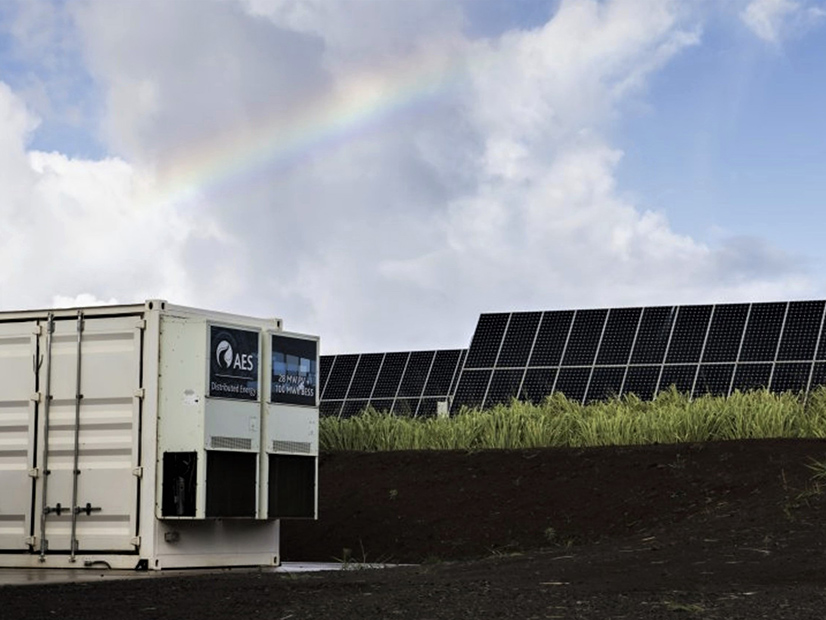FERC on Tuesday approved MISO’s two-part plan to accredit hybrid resources for participation in capacity auctions.
The commission said MISO’s plan “sufficiently captures the critical characteristics of hybrid resources” (ER21-2620). The ISO considers hybrid resources as renewable generation and energy storage joining the grid at the same interconnection point.
The accreditation will be handled in two parts because MISO currently lacks the operational data it uses to base accreditations on. The grid operator will first rely on the combined value of its existing unforced capacity values for each element of the hybrid resource, up to the resource’s limit of interconnection service. When staff collects enough operational data, the unforced capacity will be determined “based on historical performance, availability and type and volume of interconnection service.”
MISO will collect from hybrid resource owners their top eight daily peak hours per season’s operating history. It said owners must operate their resources as an integrated whole and under one dispatch. Owners of combined resources that intend to dispatch them individually must register the units as co-located resources, not hybrid resources, MISO said.
FERC said the accreditation “identifies and establishes a reasonable accreditation methodology for a unique resource type with distinct operational characteristics.”
“This framework is consistent with how MISO currently initially determines capacity accreditation for wind and solar resources with insufficient operational data and then subsequently bases capacity accreditation on historical performance, availability, and type and volume of interconnection service,” the commission wrote.
To date, only a handful of hybrid projects have successfully connected to the MISO system from the interconnection queue. MISO said this summer that it has 30 hybrid projects and 2.1 GW worth of capacity wending their way through the queue. Most of the projects marry solar and battery storage, the grid operator said.
The RTO’s queue numbers likely underrepresent the number of hybrids that will eventually materialize in the footprint. Staff has said interconnection customers sometimes request two separate applications for the storage and generation components and others request surplus interconnection capability for storage that’s added later. (See MISO Prepares Hybrid Participation Model for Unknown Numbers.)
In public meetings, some MISO stakeholders have said most solar generation built today either has some storage connected to it or contains later plans for storage additions.
Great Plains Institute (GPI) and Clean Grid Alliance have said the RTO should move more quickly to make its markets friendlier to hybrid resources.
GPI conducted an informal survey among 21 member developers of Clean Grid Alliance, finding that many plan to bring hybrid resources online in MISO over the next three years. The Institute said 90% of survey respondents said they were actively pursuing some kind of hybrid project, with 75% expecting to bring a hybrid resource online within three years.
“…[G]rowing interest indicates that we are likely entering a phase of accelerated deployment,” GPI said.



